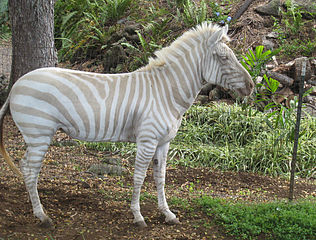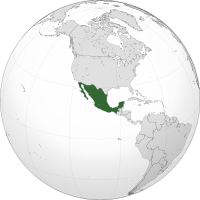Remember we said before that the three basic parts for most of the electricity that we see every day are:
Voltage, current, and resistance.
We can learn about electricity by comparing it to how water flows through a pipe.
And we learned that voltage is like the speed that the water is going.
The current, sometimes called amps, is like the size of the pipe.
Is it a very wide open pipe like a sewer pipe? Or a very small pipe like a straw?
The bigger the pipe, the more water can go through it, right?
That's the same for electricity, the larger the current, the more electricity is flowing.

(from: wikipedia - hydraulic analogy)







